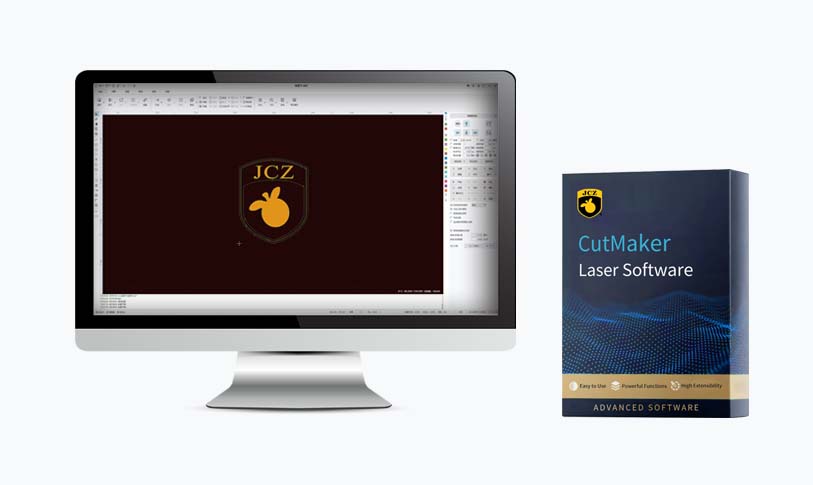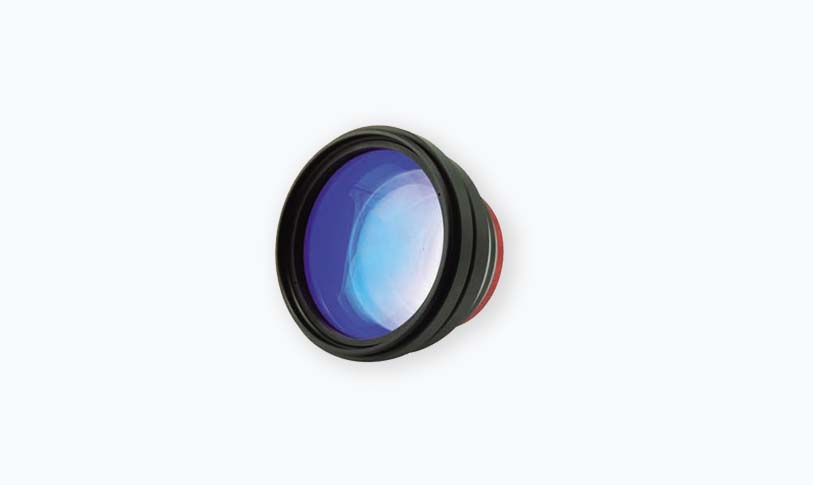[q-switched laser]Unlocking the Secrets of Q-Switched Laser Technology: A Comprehensive Overview of its Applications and Benefits in Modern Medicine
****
In recent years, the field of laser technology has made remarkable strides, revolutionizing various medical and aesthetic procedures. Among the many laser types, the Q-switched laser stands out due to its unique capabilities and versatility. This advanced laser system is widely used in dermatology, tattoo removal, and other medical applications, garnering significant attention from both practitioners and patients alike. This article explores the fundamentals of Q-switched laser technology, its benefits, and its diverse applications in modern medicine.

Unlocking the Secrets of Q-Switched Laser Technology: A Comprehensive Overview of its Applications and Benefits in Modern Medicine
Understanding Q-Switched Lasers
Q-switched lasers are designed to produce high-intensity laser pulses for very short durations, typically in the nanosecond range. The “Q-switched” term refers to a technique that allows these lasers to store energy and release it in brief bursts. This results in a powerful beam of light that can target specific pigments and tissues without causing significant damage to the surrounding skin. The key advantage of Q-switched lasers is their ability to selectively target chromophores—substances that absorb light—within the skin, making them an ideal choice for various dermatological treatments.
Fundamental Mechanisms of Action
When a Q-switched laser is applied to the skin, the high-energy pulses create a thermal and mechanical effect, breaking down pigmented lesions or unwanted ink in tattoos. The energy emitted by the laser is absorbed by the pigmentation, which then fragments into smaller particles. This process allows the body’s natural healing mechanisms to clear away the broken-down materials over time. Unlike traditional lasers, which may produce continuous waves of light, Q-switched lasers’ pulsed delivery minimizes heat transfer to surrounding tissues, reducing the risk of burns and complications.
Applications in Dermatology and Medicine
1. **Tattoo Removal**: One of the most common uses of Q-switched lasers is in the removal of tattoos. The laser effectively disrupts the ink particles that are embedded in the skin, allowing the body to gradually eliminate the remnants. Different wavelengths of Q-switched lasers can be used to target various ink colors, making this method highly effective for multi-colored tattoos.
2. **Pigmentation Disorders**: Conditions such as melasma, sun spots, and age spots can significantly impact a person’s appearance and self-esteem. Q-switched lasers offer a non-invasive solution by targeting the excess melanin in the skin, breaking it down and promoting a more even skin tone. Patients often report noticeable improvements after a series of treatments.
3. **Skin Rejuvenation**: Q-switched lasers can stimulate collagen production through cascading skin effects, promoting skin tightening and reducing the appearance of fine lines and wrinkles. This makes them a popular choice for individuals seeking to improve their skin texture and overall appearance without the downtime associated with more invasive procedures.
4. **Vascular Lesions**: Q-switched lasers can also be effective in treating various vascular lesions, such as spider veins and cherry angiomas. The laser targets the hemoglobin in blood vessels, leading to their coagulation and subsequent disappearance.

Unlocking the Secrets of Q-Switched Laser Technology: A Comprehensive Overview of its Applications and Benefits in Modern Medicine
Benefits of Q-Switched Laser Treatments
– **Precision**: The ability to target specific pigments means that patients can receive tailored treatments suited to their individual needs. This precision minimizes damage to surrounding tissues.

Unlocking the Secrets of Q-Switched Laser Technology: A Comprehensive Overview of its Applications and Benefits in Modern Medicine
– **Minimal Downtime**: Unlike more invasive procedures, Q-switched laser treatments often involve minimal recovery time. Many patients can return to their daily activities almost immediately after a session.
– **Versatility**: With different laser wavelengths available, practitioners can treat a wide range of skin concerns effectively. This versatility makes Q-switched lasers a valuable tool in the physician’s arsenal.
– **Safety**: When performed by experienced professionals, Q-switched laser treatments are considered safe and carry relatively few risks compared to traditional surgical options.
Conclusion
Q-switched laser technology has established itself as a cornerstone in modern dermatology and aesthetic medicine. Its ability to target pigments with precision while minimizing side effects makes it a popular choice among patients seeking effective treatments for tattoos, pigmentation disorders, and skin rejuvenation. As research and technology continue to advance, the potential applications and benefits of Q-switched lasers are likely to expand, promising even more innovative solutions for enhancing skin health and appearance. Whether it’s helping someone to erase a regrettable tattoo or restoring a youthful glow to aging skin, Q-switched lasers are helping to unlock the secrets to achieving a healthier, more radiant complexion.3d printer program